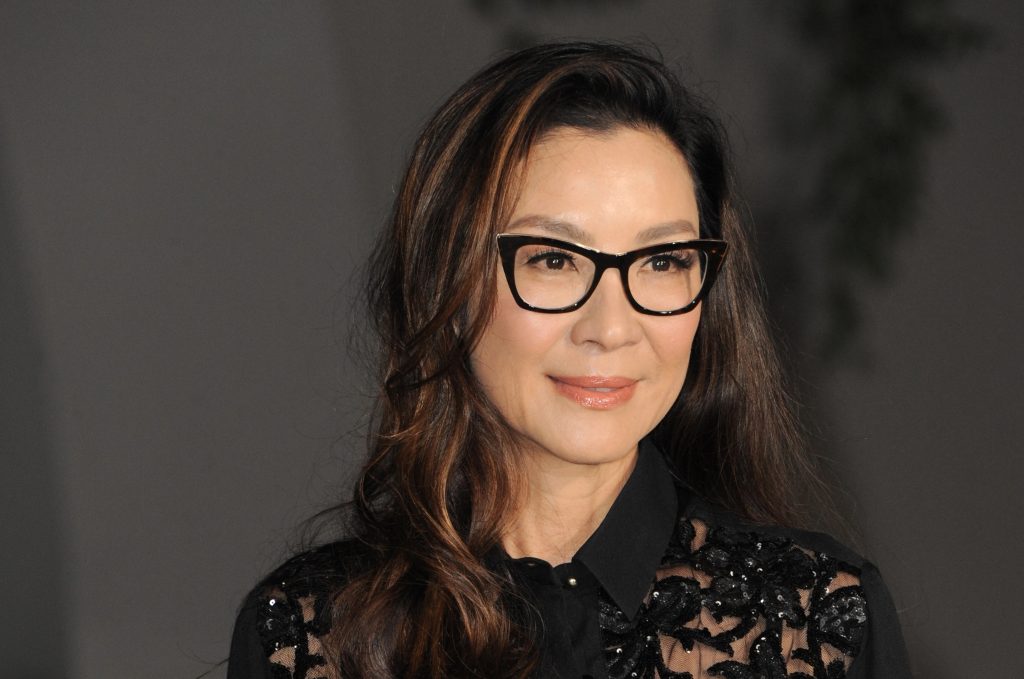
How many years does it take for an actress to break down walls in two film industries, redefine the action heroine, and continue to give deeper emotional performances years into her career? The Michelle Yeoh journey has the answer. Through her scandalous stunt career during Hong Kong’s golden age to her history-making Oscar win, Yeoh’s body of work is a lesson in perseverance, dexterity, and transnational appeal.
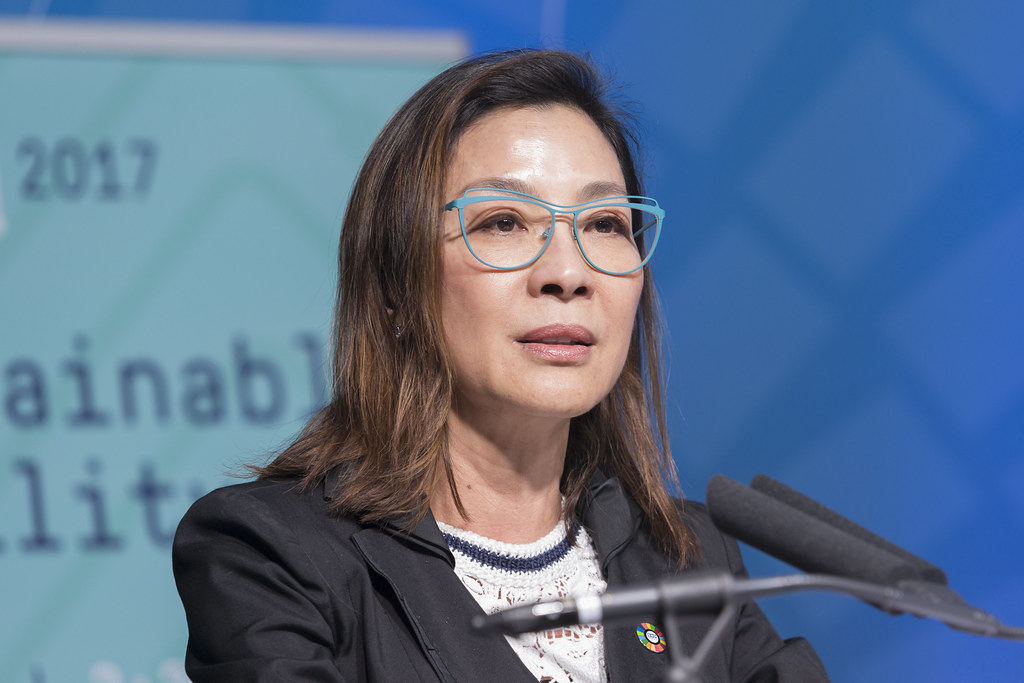
Her filmography is not a string of blockbusters; it’s a chronology of the manner in which an actress manages to transcend typecasting, fight for authentic representation, and further surprise and enchant audiences with each successive performance. Every one of these eight movies is a turning point, not only for Yeoh, but for Asian women’s representation on the screen. The following are more detailed analyses of the films that solidified her legacy.
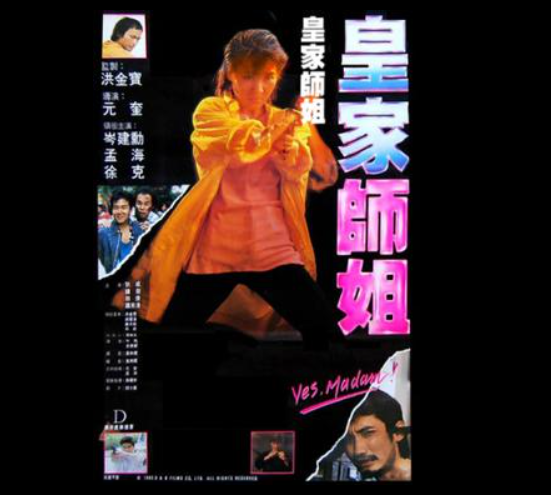
1. Yes, Madam! (1985) The Breakout That Set It All Off
Little did the world know at the time, Michelle Yeoh was a dance major and had absolutely no martial arts training whatsoever when she first came on in Hong Kong. “Yes, Madam!” turned it all around. Sharing leading credits with Cynthia Rothrock as Inspector Ng, Yeoh plunged headfirst into the action-packed “girls-with-guns” shoot ’em up, doing her own stunts and gaining the respect of Hong Kong’s notoriously hard-to-impress stunt community.
This was not only a hit movie, but also a statement that demonstrated women could star in a hyper-kinetic action film and not be relegated to supporting roles. It laid the groundwork for her career, fearless, physically challenging, and bang-your-chest-on-things with her own equal to the men.
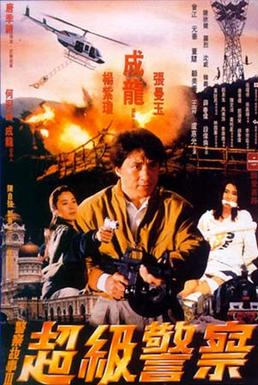
2. Police Story 3: Supercop (1992) Standing Her Ground with Jackie Chan
Yeoh was a familiar presence on Hong Kong action films by the early ’90s, but “Police Story 3: Supercop” cemented her superstardom. Back with Jackie Chan, a co-star with whom she initially worked for the first time on the set of a watch commercial, Yeoh played Beijing Inspector Jessica Yang, going stunt-for-stunt with Chan in action scenes.
One of the most talked-about scenes? A death-defying tumble off a hijacked van onto a convertible, which she had repeated after something went awry. Her scenes were so ingrained that they spawned a spin-off of her own, “Supercop 2,” cementing more securely that she wasn’t a co-star, she was a franchise star.
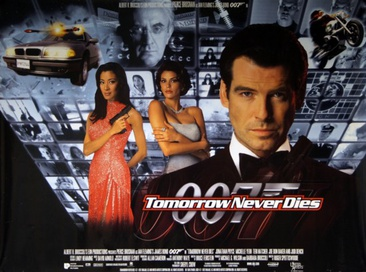
3. Tomorrow Never Dies (1997) Redefining the Bond Girl
When Yeoh debuted in Hollywood as Wai Lin in “Tomorrow Never Dies,” she shattered the passive “Bond girl” stereotype. As a Chinese spy every bit as skilled as 007, she brought intelligence, wit, and physical prowess to the role. Director Roger Spottiswoode told her, “You’re here on merit as an actress,” signalling a shift from being valued solely for stunt work.
Her acting captivated the audience and reviewers alike and demonstrated that women in the Bond universe could be equals rather than sidekicks. The role also set the stage for improved Asian characters in Western megafilms.
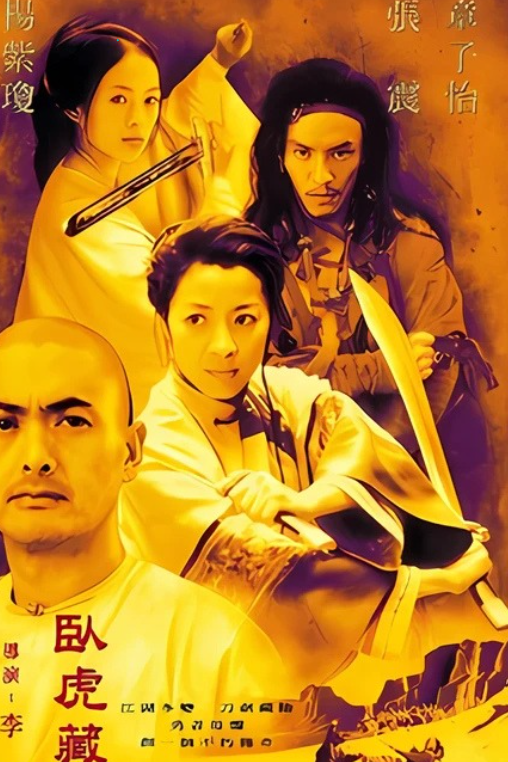
4. Crouching Tiger, Hidden Dragon (2000) The International Game-Changer
Ang Lee’s wuxia classic wasn’t a film; it was an event. In her role as Yu Shu Lien, Yeoh gave a performance that navigated the wafer-thin line between balletic movement and piercingly intelligent emotional intelligence. The film was the first foreign-language feature to make over $100 million at the American box office, winning several Oscars, and demonstrating that the masses would embrace subtitled cinema.
Yeoh’s performance here came so easily that Lee abandoned plans to voice-dub her herself, informing her, “The way she performs, you cannot duplicate that.” The film is one of her most symbolic, blurring her Hong Kong action roots and Hollywood influence.
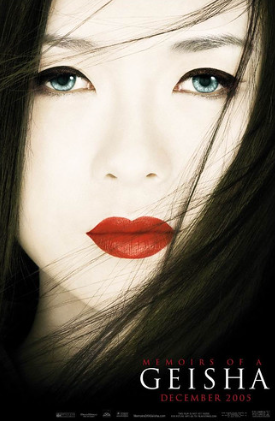
5. Memoirs of a Geisha (2005) Overwhelming in a Supporting Role
In “Memoirs of a Geisha,” Yeoh played Mameha, a refined and manipulative geisha who instructs young Chiyo (Zhang Ziyi). While the film created controversy due to its casting, Yeoh’s acting was marked by beauty and strength.
Her on-screen presence, without overshadowing the lead, established her range beyond action, and for Hollywood, it established that she had the acting ability to succeed in dramatic, character-based roles.
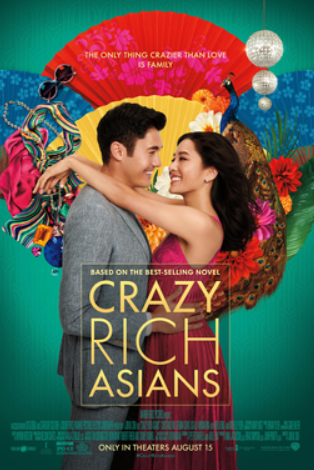
6. Crazy Rich Asians (2018) A Cultural Milestone
Jon M. Chu’s rom-com was not a blockbuster; it was an Asian representation revolution in Hollywood. Playing Eleanor Young, Yeoh was the dominant matriarch whose ire initiates the movie’s conflict. She brought gravity to what could have otherwise remained a one-dimensional role, making Eleanor both intimidating and completely human.
Reflecting on the success of the movie, Yeoh had this to say, “What if it didn’t work? Would it have set our community back many years?” Its $200 million global box office showed that people craved genuine, diverse storytelling, and Yeoh was leading the pack.
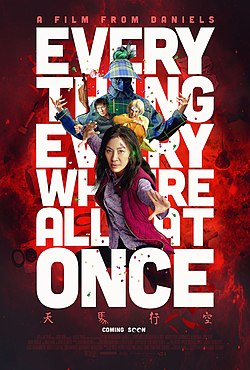
7. Everything Everywhere All at Once (2022) History in the Making
This independent expanding the multiverse for the Daniels gave Yeoh her first Hollywood lead and her first Oscar. She portrays Evelyn Wang in her own style, as dozens of the same woman, a laundromat owner, worn out, a star, a rock. There was physicality to be done, emotional vulnerability, action skill to be had, often all at once within the same shot.
Her Oscar win made her the first female Asian to win Best Actress in the 95-year history of the Oscars. In her speech, she explained to audience members, “For all the little boys and girls who look like me. This is proof that dreams do come true.”
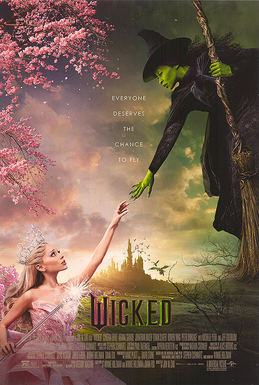
8. Wicked (2024): A New Challenge in Musical Fantasy
After forty years in the movies, Yeoh continues to surprise. For “Wicked,” she made her first musical performance as Madame Morrible, Dean of Sorcery Studies. Working with director Jon M. Chu again, she welcomed singing despite initial hesitation, attracted by the themes of acceptance and self-discovery that the story presents.
Her presence brought gravitas to fantasy land and proved, even beyond home turf, that Yeoh brings the material to a higher plane.
Michelle Yeoh’s career is an outline of motivation, resilience, and the effect of a yes to daunting challenges and, periodically, a no to self-diminishing roles. Each and every one of these films is an example of a time that she exceeded not only her own ability, but also the ability of Asian performers as a whole. To viewers and historians both, her body of work isn’t as much entertainment but a living history lesson about the potential of film if there is talent combined with opportunity.


